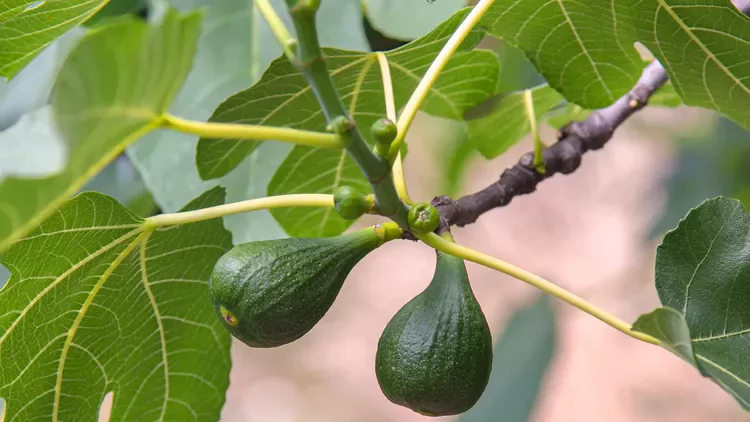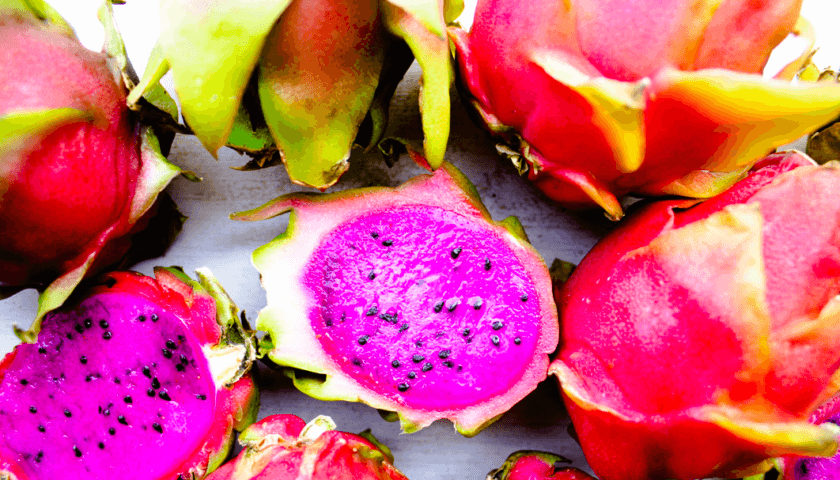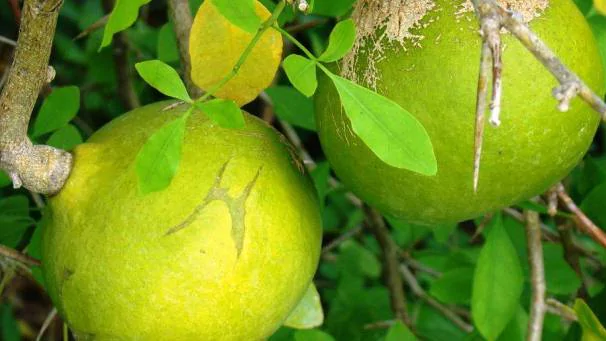About Fig
The fig fruit was one of the first fruits to be planted. Its cultivation extended through ancient times, throughout the Levant and the Aegean Sea region. The story says that Caria gave this fruit to the Greeks. Interestingly, Attic figs are popular in the Middle East, and there are special laws to control their export.
Nevertheless, figs were one of the most important Greek foods, and they were widespread in public consumption among the Spartans. In Latin mythology, the fig tree that covered the Roman twins in the wolf’s den was a sign of the tribe’s future wealth.
The fig tree, commonly known as Ficus Carica, is a fruit-bearing tree in the mulberry family. The common fig tree grows wild in Turkey and northern India. Many Mediterranean countries have their own wild fruits. As people around the world use it both fresh and dried, the fig is considered a “poor man’s food” in the Mediterranean.
Figs Physical description
The fig tree is a bush or small tree, 1 meter (3 ft) to 10–12 meters (33–39 ft) tall, with broad, rough, deciduous leaves that are deeply lobed or sometimes nearly entire. The leaves and stems exude a white latex when broken. Life cycle of the fig tree (family Agaonidae).
Figs, known as syconia, bear one or two pairs on the lap of fallen leaves or in the axils of current leaves. Flowers are staminate (male) or female (female) and close to the structure of the inflorescence. Elongated female flowers are characteristic of the edible fruit of many garden and fruit fig trees.
Another type of tree, known as the caprifig, produces inedible figs that keep the young of the fig tree. It has short female flowers that match the egg-laying behavior of the fig tree (Blastophaga) and male flowers at the tip. Caprifig pollen is carried by fig wasps to make edible and non-edible figs.
Caring for fig trees

Water young figs regularly to help them establish themselves. In areas with dry climates, water figs deeply at least once a week. Unless grown in containers, most fig trees do not require regular fertilization. However, if your fig tree is not growing very fast (less than 12 inches per growing season), you can add 1/2 to 1 pound of nitrogen supplement. Distribute nitrogen in 3 to 4 feedings. Start applying nitrogen in winter and finish in mid-summer. You can also apply mulch around the plant to help prevent rot and retain water for the roots.
Fig trees need little pruning. At rest, be sure to remove any dead, diseased or weak branches to promote growth.
If you have large figs, you can cut the fruit to make bigger figs. In colder regions, bring potted figs indoors for the winter. Keep the soil moist. If your area experiences severe winters, fig trees planted outdoors may die to the ground. If the plant is a strong species, the lower part of the plant will not be affected. Remove all dead wood while the plant is still dormant and check for new growth in the spring.
Health benefits of Figs
Diabetes and blood sugar control
A reliable source from the World Health Organization (WHO) suggests that people can use traditional herbs to help treat diabetes. Researchers have discovered the liver-protective and hypoglycemic effects of fig. Investigation about this topic is small. However one minor study of the 1998 revealed in the eight participants in eight participants of the glucose level when they took from figs. The researchers also wanted to get lower insulin if they added to the fig leaf.
In a study conducted on rats with type 2 diabetes, researchers found that fig leaves can improve insulin levels and reduce blood sugar. In another study using mice with diabetes, researchers found that fig leaves can stop or reduce the production of glucose in the liver.
physical health
A recent study published in the International Journal of Dermatology compared the effects of fig latex and cryotherapy on common warts. In the study, 25 participants with normal warts on both sides of their body had fig latex applied to one side. On the other hand, doctors use cryotherapy. Researchers found that in 44% of participants, fig tree latex completely cured the warts. Cryotherapy is more effective, however, causing a full recovery in 56% of participants. Researchers don’t yet understand why figs can help treat warts, but fig latex may offer a safe, easy-to-use treatment option with few side effects.
It Can improve vascular and heart health
Figs can improve blood pressure and blood fat levels, which can help improve your vascular health and reduce the risk of heart disease.
One study found that figs reduced blood pressure in rats with normal blood pressure, as well as those with high levels.
Animal studies have also shown an increase in total cholesterol, HDL (good) cholesterol, and triglyceride levels when supplemented with fig leaves.
However, in a 5-week study with 83 people with high LDL cholesterol (bad cholesterol), researchers said that those who included about 14 dried figs (120 grams) in their daily diet had no changes. control group.



